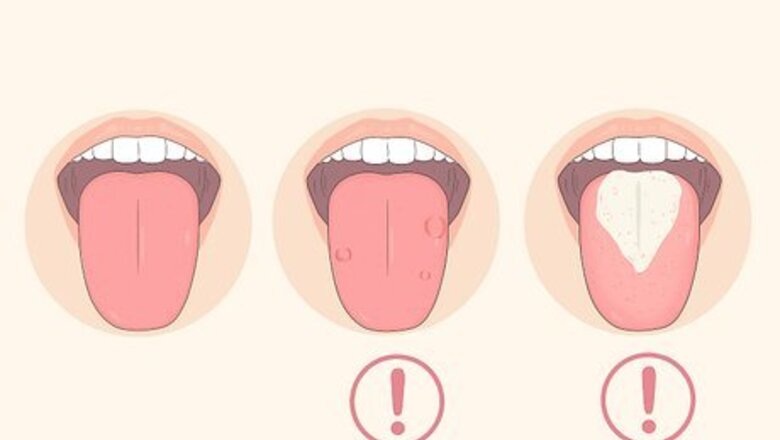
views
Tongue Hygiene 101
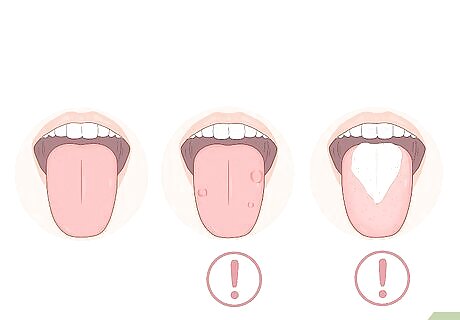
Check out your tongue for bumps and discoloration. Look at the different parts of it. It is not a smooth surface, and all those bumps and crevices can harbor bacteria. Half the bacteria in your mouth lives on your tongue. This can form a film over your tongue and cause health problems. Your tongue should be pink, and stark discolorations should be noted and remedied. Be sure to see an oral health professional if you experience any of these things: Strong concern regarding changes in the appearance of your tongue. Tongue coating persisting longer than 2 weeks. If you experience persistent tongue pain. White areas or desquamation on the surface of your tongue.
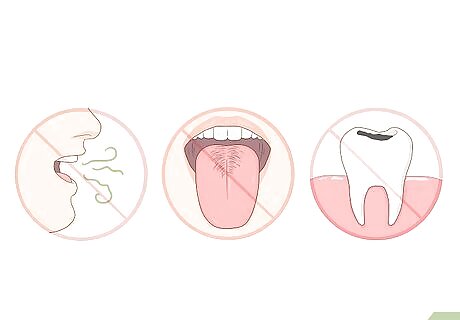
Know how cleaning your tongue helps oral hygiene. When you use a cleaner on your tongue, you do more than help fight bad breath. You break up the tongue tissue, which helps avoid a hairy tongue. You also remove bacteria that can contribute to tooth decay. Good oral hygiene can also help: Control unwanted bacteria that can contribute to tooth decay. Fight bad breath. Improve your sense of taste.
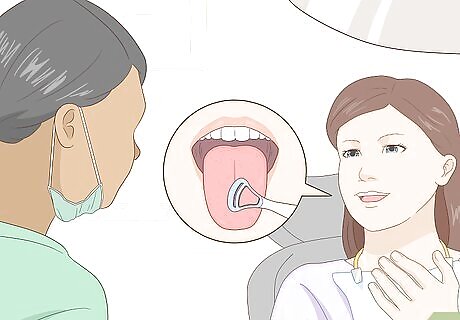
Talk to your oral hygienist or dentist about oral hygiene. They will be able to answer your questions thoroughly, so don’t be afraid to ask them about anything. Your regular dental health professionals will also be to advise you on questions specific to your health.
Best Cleaning Tools
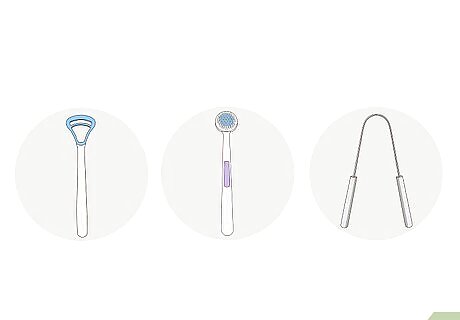
Pick a style of tool to clean your tongue with. There are different types of tongue-cleaning tools: tongue scrapers and tongue brushes. Scrapers remove bacteria by scraping it off your tongue; tongue brushes are similar to toothbrushes. Research shows both tongue scraping and tongue brushing to be equally effective in reducing plaque. Some combination scraper brushes are also available, enabling you to brush while you scrape. You can also use a toothbrush to clean your tongue. Simply brush your tongue as you would your teeth.
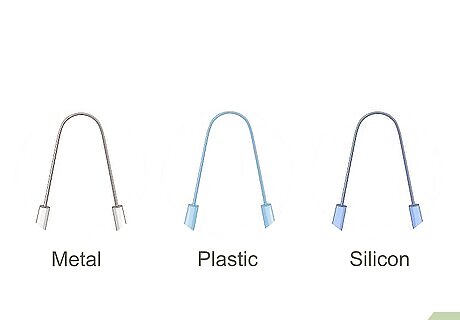
Determine the material of your chosen tongue cleaner. There are many different materials that tongue cleaning devices are made out of, such as metal, plastic, and silicons. You may prefer one material over another. Stainless steel and copper can also be used. Scrapers made from these metals can also safely be sterilized in hot water. Plastic scrapers are less expensive but less durable and must be replaced regularly. Silicon edges may help to make scraping your tongue more comfortable.

Compare brands of tongue cleaners. Because there are many different companies that produce similar products, it’s important to look at the little differences. Compare pricing, aesthetics, and user reviews online, or even look for coupons before you shop. Ask an employee at the store about what brands are most popular.
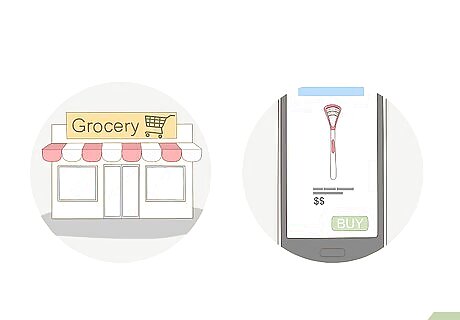
Buy your tongue-cleaning tool. Many grocery stores and pharmacies will sell name-brand tongue-cleaning tools. You can also order them easily online or ask your dentist or orthodontist for recommendations.
Cleaning Tricks

Stick out your tongue. This is so that you can access the full length. You will want to make sure you clean as much of your tongue as you can. By extending your tongue all the way, you can also prevent gagging.

Scrape or brush your tongue from back to the front. Do this once or twice, applying light pressure until the entire surface of your tongue is scraped. Scrape your tongue first thing in the morning before eating or drinking. It is recommended you do this at least twice a day with your regular brushing. Follow these tips for the best results: Residue will build up on the tool. Rinse it off, and continue until you've worked over your whole tongue. Be gentle. Do not break the skin or push too hard. Only go from back to front. Take your time.
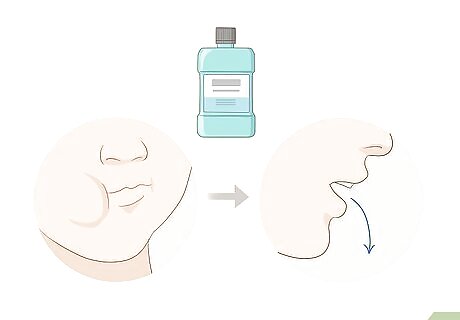
Rinse your mouth. Use mouthwash and rinse thoroughly to remove any remaining loose residue and freshen your breath. Try swishing the liquid around a bit to make sure your tongue is thoroughly rinsed off. Alcohol-based mouthwashes can dry your mouth out, so try avoiding them when you can. Try using a mouthwash with hydrogen peroxide for extreme situations to help combat plaque and bad breath.
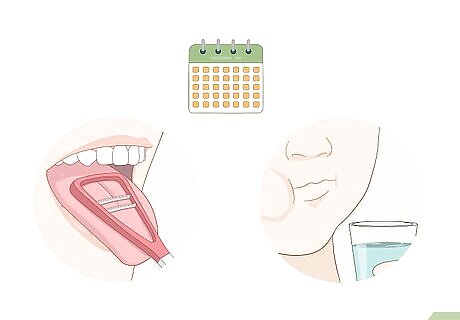
Clean your tongue regularly. Now that you have mastered your chosen tongue-cleaning tool, give your tongue daily attention. Making tongue cleaning a regular part of your daily habit can help your mouth stay happy and healthy.














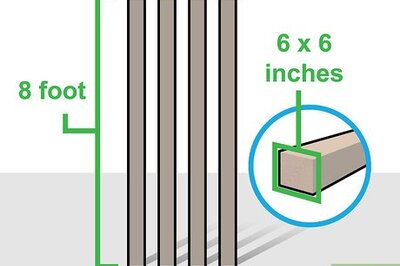
Comments
0 comment